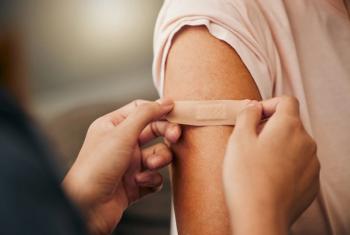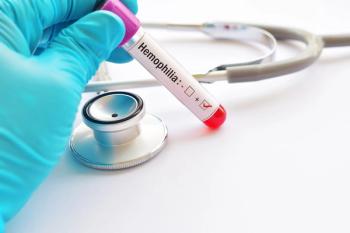
ATS: Maternal Stress Linked to Allergy in Children
Maternal stress can lead to high allergy responses in their infants, even if they had little allergen exposure, according to research presented at the American Thoracic Society's International Conference in Toronto, Canada. In a related study presented at the same meeting, first-born children carrying a genetic variant are more likely to have higher allergy responses.
WEDNESDAY, May 21 (HealthDay News) -- Maternal stress can lead to high allergy responses in their infants, even if they had little allergen exposure, according to research presented at the American Thoracic Society's International Conference in Toronto, Canada. In a related study presented at the same meeting, first-born children carrying a genetic variant are more likely to have higher allergy responses. In addition, a study presented on May 20 identifies a possible link between Caesarean delivery and the risk of allergy and asthma in childhood, and a study presented on May 21 shows that children whose mothers were exposed to farms are protected from allergies.
In the first study presented May 18, Junenette Peters, from Brigham and Women's Hospital and Harvard Medical School in Boston, and colleagues pre-natally surveyed maternal stress (such as financial issues, home issues, community safety, relationship problems and medical issues) and quantified dust mites, and measured IgE in cord blood of the 315 infants. They found that more stressors predicted elevated IgE, even in homes with low dust mite levels.
In the second study presented May 21, Wilfried Karmaus, M.D., from the University of South Carolina in Columbia, and colleagues examined the effect of birth order and carrying an interleukin-13 (IL13) variant associated with allergy on IgE levels in cord blood and results of skin prick tests in 1,212 newborns up to the age of 10 years. They found that among the 260 children carrying one copy of the IL13 variant, first-borns were more likely to have elevated IgE (odds ratio, 1.88) and positive skin prick tests at the age of 4 and 10 years (OR, 1.67 and 2.07, respectively).
"Our findings of a birth order x gene interaction support the prenatal programming hypothesis, since the intrauterine environment of firstborns is likely to prime the impact of the IL13 gene on immune responses in children," Karmaus and colleagues conclude.
Copyright © 2008
Newsletter
Access practical, evidence-based guidance to support better care for our youngest patients. Join our email list for the latest clinical updates.










